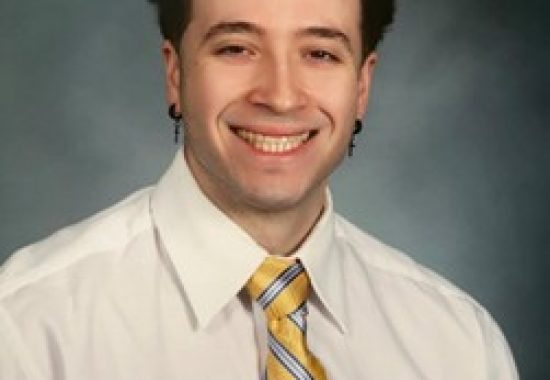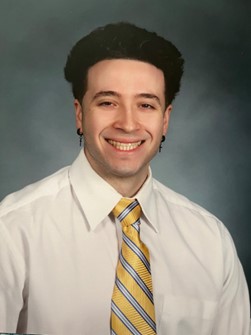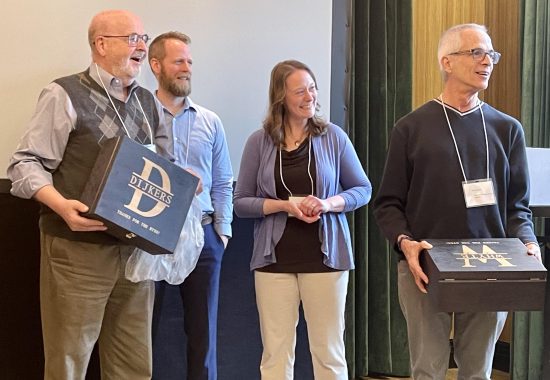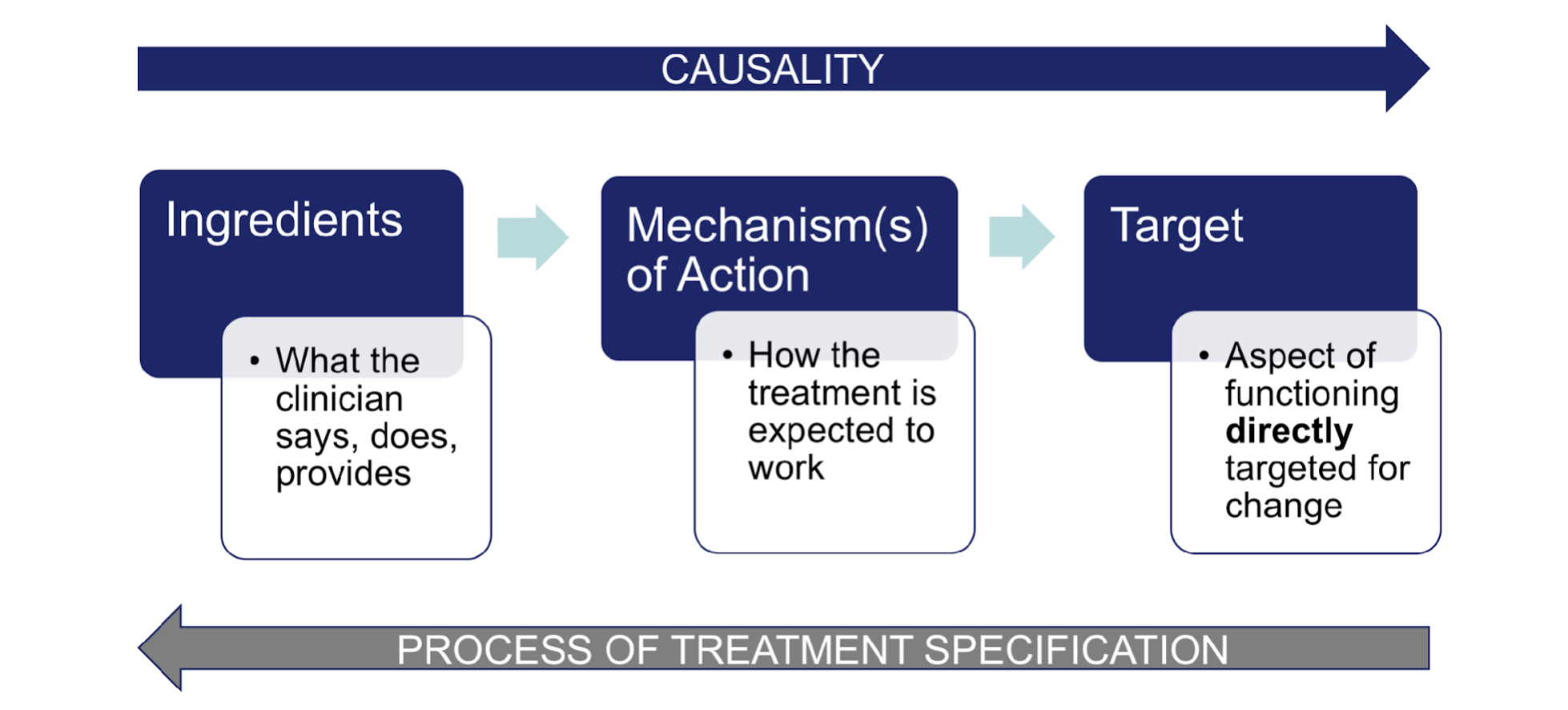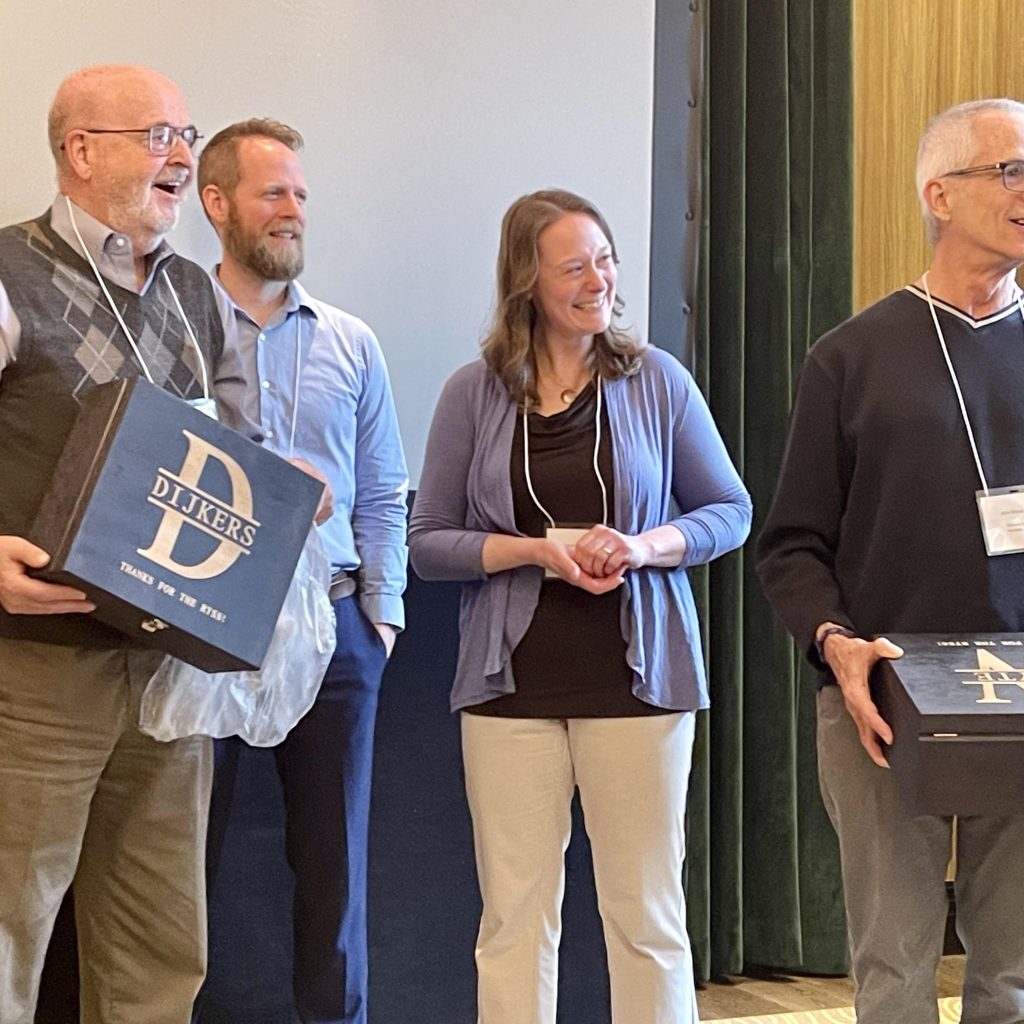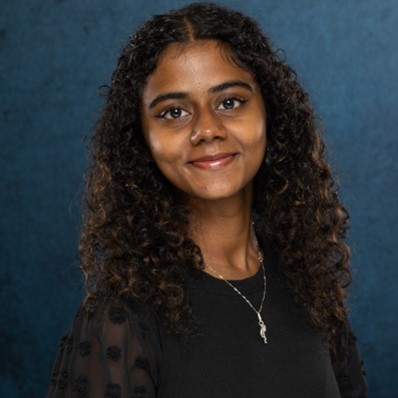MRRI recently welcomed Alexander De Angelis to the Institute as a Research Assistant working in the Cognition and Action Laboratory, directed by Laurel Buxbaum, PsyD. Alex graduated from The College of New Jersey (TCNJ) in 2022 with a B.A. in Psychology, specializing in Biopsychology. As an undergraduate student, Alex gained research experience working as an assistant in two different laboratories at TCNJ.
In the Social Psychology Laboratory, led by Dr. Jarret Crawford, Alex studied mental health conditions that could potentially be inherited genetically based on social circumstances experienced by one’s ancestors. The COVID-19 pandemic impacted participant recruitment and other in-person activities within the lab, but Alex had an opportunity to learn more about this research area by reviewing the scientific literature. His literature review focused on previous studies on the potential for mental health conditions, such as depression, to be passed down genetically in a population of people who were descendants of survivors of Stalinist purges in Russia and Ukraine. The findings were mixed, such that in some cases, evidence supported the possibility of genetically inherited depressive symptoms, but there was also evidence suggesting that descendants may have a greater appreciation for life and a better overall quality of life.
While in the Event-Related Potential (ERP) Laboratory, directed by Dr. Andrew Leynes, Alex contributed to a research project investigating the identification of previously encountered information or “recognition memory”. His role included participant recruitment, informed consent, and data collection. Data collection involved recording electroencephalogram (EEG) data from participants and extracting the ERPs, or electrical signals generated in the brain in response to stimuli. Participants were asked to view a series of words and respond whether the words had been presented previously or not. Before a word was shown, participants were primed with brief exposure to a word that matched (match primes), was similar in meaning to (semantic primes), or was similar in structure/spelling to (orthographically similar primes) the target word. They reported that match primes showed the largest effect for accurately recognizing previously viewed words, and participants’ confidence ratings were also the highest. Accuracy and confidence were lower for orthographically similar primes and lowest for semantic primes. The study provided important information on the effects of priming on fluency during an episodic recognition task, and this may impact the design of future studies in the field.
In his final year at TCNJ, Alex conducted an independent research project under the guidance of Dr. Margaret Ruddy. For this project, he performed an in-depth literature review on the efficacy of Psilocybin and ketamine for alleviating treatment-resistant mental health conditions. Through this literature review, Alex learned about theoretical biochemical mechanisms of action of these drugs and how they could potentially benefit patients who had been classified as having treatment-resistant depression and/or anxiety. Additional research is needed to determine the optimal dose, course of treatment, and potential combination of therapies to maximize benefits for patients.
During his time at TCNJ, Alex also served as a teaching assistant for the General Chemistry II and Organic Chemistry II courses, and he worked part time at Princeton Nassau Pediatrics as a medical assistant. After graduating, Alex began working full time as a medical assistant and phlebotomist. In this role, his responsibilities included recording patient vitals, collecting patient blood samples and sending them for testing, and peer training.
At MRRI, Alex will be working with Dr. Buxbaum and Shailesh Kantak, PT, PhD, on research exploring arm nonuse in patients with fronto-parietal stroke, as well as a separate research project further evaluating an experimental treatment for phantom limb pain using virtual reality. In these projects, Alex will assist with participant recruitment and collecting data on motor, language, and cognitive function. Through this research, he hopes to learn more about the neuroanatomy and mechanisms underlying arm nonuse in stroke and phantom limb pain in people with limb loss, and how therapies can be modified to best treat these patients in the future.

